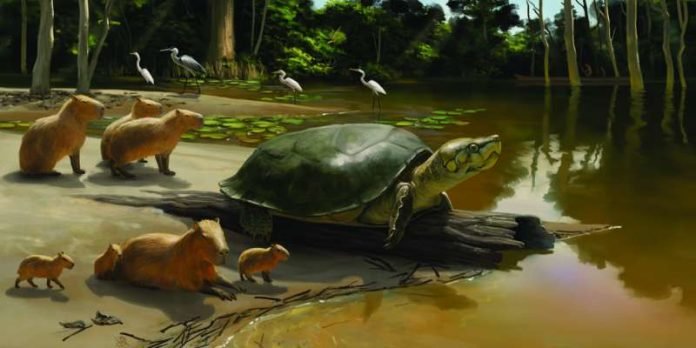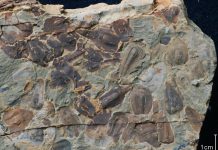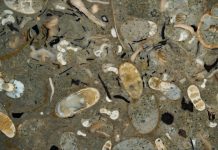
An international group of scientists, led by Dr. Gabriel S. Ferreira from the University of Tübingen’s Senckenberg Center for Human Evolution and Paleoenvironment, has introduced a new species of giant turtle that lived between 40,000 and 9,000 years ago in the Brazilian Amazon.
This species, named Peltocephalus maturin, boasted a shell length of approximately 180 centimeters, making it one of the largest freshwater turtles ever discovered.
This impressive discovery adds to the understanding of the diversity and size range of ancient turtles, surpassing the size of the largest freshwater turtles alive today, such as the Asian narrow-headed softshell turtle (Chitra chitra) and the South American river turtle (Podocnemis expansa).
The naming of Peltocephalus maturin is a nod to the giant turtle Maturin from Stephen King’s literary universe, symbolizing creation and vastness.
The fossilized remains that led to the identification of this species—a portion of the turtle’s lower jaw—were found by gold miners in the Taquaras quarry in Porto Velho, Brazil.
Analysis of these remains suggests that this new species shares a close relationship with the modern big-headed Amazon turtle (Peltocephalus dumerilianus) and likely had an omnivorous diet.
Dr. Ferreira’s research reveals that giant freshwater turtles were rare, especially in recent geologic periods, with most known giant turtles dating from the Miocene era, approximately 23 to 5 million years ago.
The discovery of Peltocephalus maturin from the late Pleistocene challenges previous assumptions about the maximum size of freshwater turtles and their existence in recent history.
This finding also opens new questions about the interactions between these giant turtles and early human settlers in the Amazon region, known to have arrived around 12,600 years ago.
While large tortoises were part of early human diets since the Paleolithic era, it remains uncertain whether the more agile and difficult-to-catch freshwater turtles, such as Peltocephalus maturin, were also hunted.
Further research in the Late Pleistocene and Early Holocene deposits of the Amazon Basin is needed to explore this possibility and the broader implications of human expansion on the region’s megafauna, including this newly discovered giant turtle.
The research findings can be found in Biology Letters.
Copyright © 2024 Knowridge Science Report. All rights reserved.



